The ears frame the face beautifully; their presence is essential for hearing and aesthetics.
Even though they are often not the first feature people notice, they can capture attention if they are too protruding, asymmetrical, or unfolded, disrupting facial harmony and carrying negative emotional connotations.
Prominent ears can lead to a significant loss of self-esteem, especially in children but also in adults.
It's important to remember that nobody is perfectly symmetrical, neither in their face nor in their ears. Therefore, it's crucial not to focus on minor asymmetries or imperfections that may actually contribute to one's charm.
The decision for ear surgery should be made by the individual concerned, especially if the patient is a child. If this characteristic causes no psychological or social discomfort, it may be preferable to retain it.
Otoplasty, or surgery for protruding ears, involves treating the overall shape of the ear through an incision hidden behind the ear.
Often, there is a folding of the upper part of the ear, which can be addressed without cutting the cartilage, using only absorbable thread to avoid the risk of long-term extrusion or infection.
If the part of the ear closest to the skull (the concha) is too large, pushing the ear away from the head, it can be repositioned near the skull to normalize the angle between the ear and the cranial vault.
Sometimes, the earlobe, the lower part of the ear that carries earrings, points forward and may also be repositioned.
During the initial consultations, a detailed anatomical analysis will be performed together in front of the mirror. Psychological and/or social discomfort related to protruding ears, as well as the patient's willingness to undergo surgery, will be assessed.
Photos will be taken, and thorough explanations will be provided on the technique, hospitalization, anesthesia options, postoperative recovery, and risks associated with the surgery. Like all surgeries, there will be postoperative swelling and occasional bruising. Pain is moderate for 2 or 3 days and then decreases rapidly. There is a rare risk of hematoma or infection. Specific and rare risks include recurrence and scar-related issues such as a keloid (thick scar) behind the ear.
At the end of the consultation, my assistants will provide written information in addition to the oral explanation in the form of sheets from the French Society of Plastic and Aesthetic Surgery. They will also give you a detailed quote with the fees for surgery, anesthesia, and the clinic. Reimbursement by social security and supplementary insurance may be considered if there is significant psychosocial discomfort.
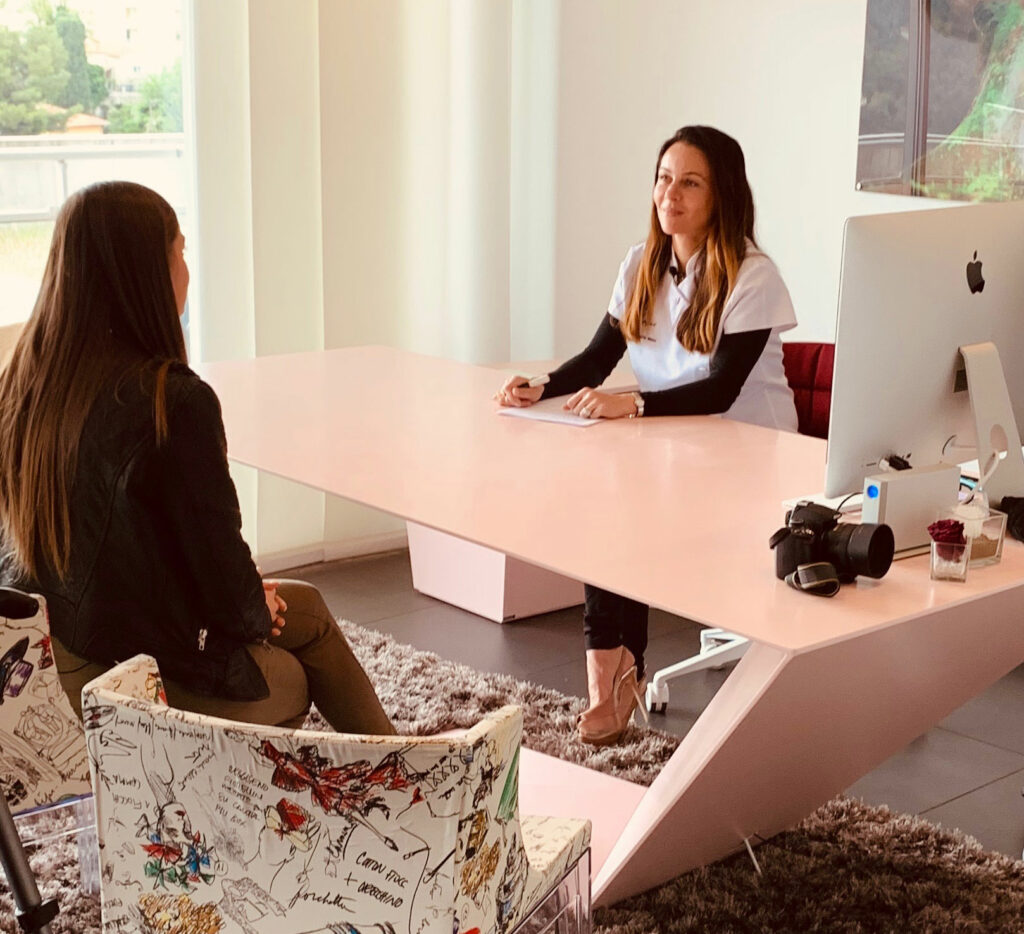
Surgery is performed under light general anesthesia without intubation.
The procedure takes between 1 and 1.5 hours. It can be scheduled as outpatient for adults and with an overnight stay for children, in a private room with one of the parents. Hospitalization takes place in a department dedicated to aesthetics and pediatric care within the Saint George clinic.
Discharge is on the morning after the procedure following dressing removal and the application of the daytime headband.
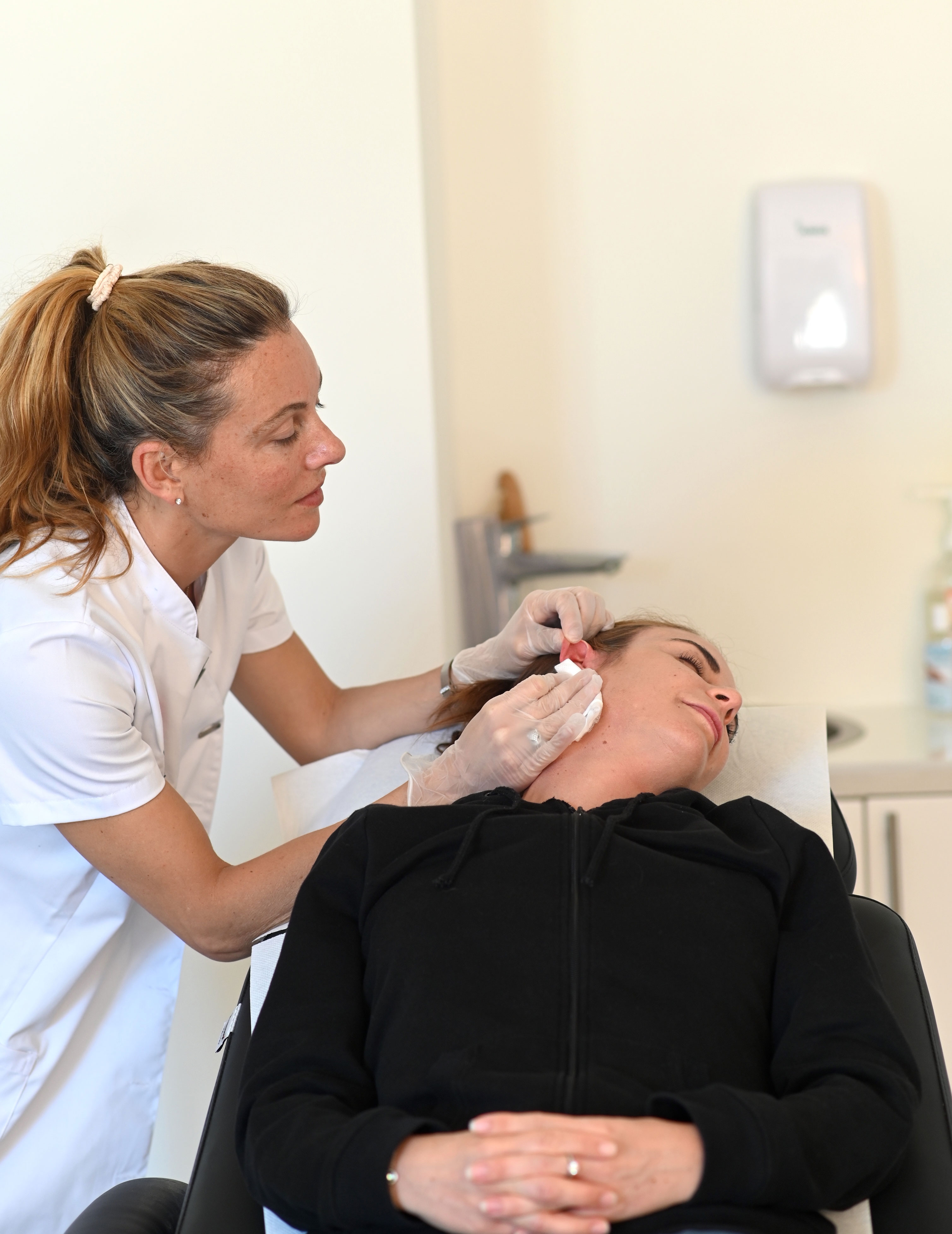
The dressing will be redone the next morning at the clinic or office, depending on whether you were hospitalized overnight or just for the day. Initially, the ears may appear very close and less sensitive, especially as the headband is mandatory 24/7.
At home, you will need to disinfect and moisturize the scars morning and evening. A hair wash with mild antiseptic soap should be done every 48 hours for 15 days. Swimming is prohibited for a minimum of 15 days. Sports are not allowed for a month, and contact sports are restricted for 3 months.
It is recommended to wear a bright headband over the ears when returning to group sports. Follow-up in the office will be at one week, then 2 weeks, one month, two months, three months, six months, and one year, until complete healing.
It takes three months for the ear to regain its flexibility and several months, almost a year, for the ears to regain its sensitivity.
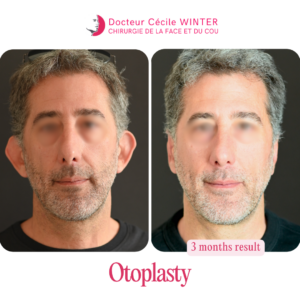
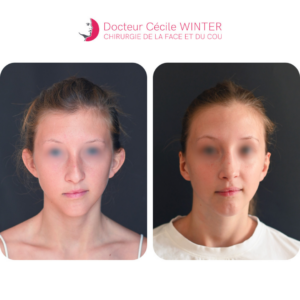

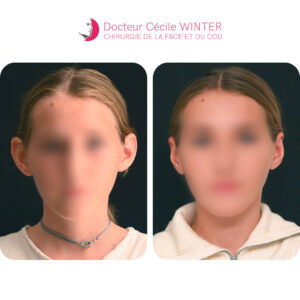
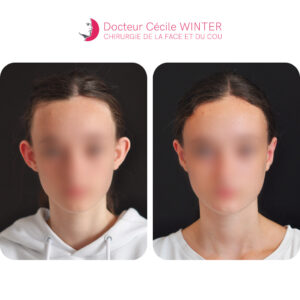
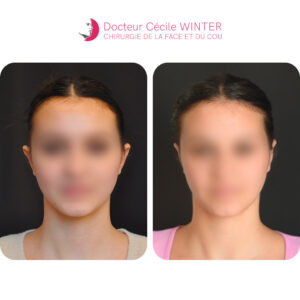












Otoplasty: Correction of Protruding Ears
Otoplasty is a surgical procedure designed to correct protruding ears, a common issue among young patients that can cause significant psychosocial discomfort.
In this young girl, we observe an asymmetrical defect in the ear fold, hypertrophy of the concha, and protrusion of the lobules. The surgery involved:
- Reducing the angle between the ear and the skull.
- Improving the ear fold.
- Repositioning the lobule.All of this was done without any transfixing incisions in the cartilage to ensure a natural and lasting result.
Otoplasty can be performed on an outpatient basis or may require an overnight stay, depending on the patient's age and the technique used. It can be done from the age of eight, depending on the child’s level of distress and maturity.The technique used does not involve cartilage section or resection, nor the placement of permanent stitches or implants.
The result is shown at one year.



Otoplasty
Young girl experiencing psychosocial discomfort due to prominent ears. Observations include a defect in the ear fold, hypertrophy of the concha, and protrusion of the lobules. The surgery aimed to reduce the angle between the ear and the skull, improve the ear fold, and reposition the lobule, all without any transfixing incisions in the cartilage. The goal was for the surgery to be completely unnoticeable. The result is shown at one year.



Otoplasty
Ear surgery, or otoplasty, is a common procedure as protruding ears can cause significant psychosocial discomfort.
In this young girl, an asymmetrical defect in the ear fold was observed. The surgery aimed to improve the ear fold without making transfixing incisions in the cartilage.
The technique used involves neither cartilage section nor resection, and no permanent stitches or implants are placed, ensuring a natural and lasting result.
The result is shown at one year.